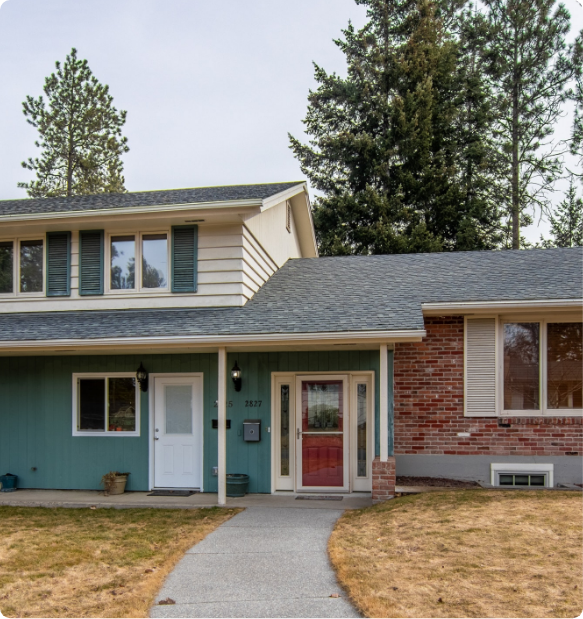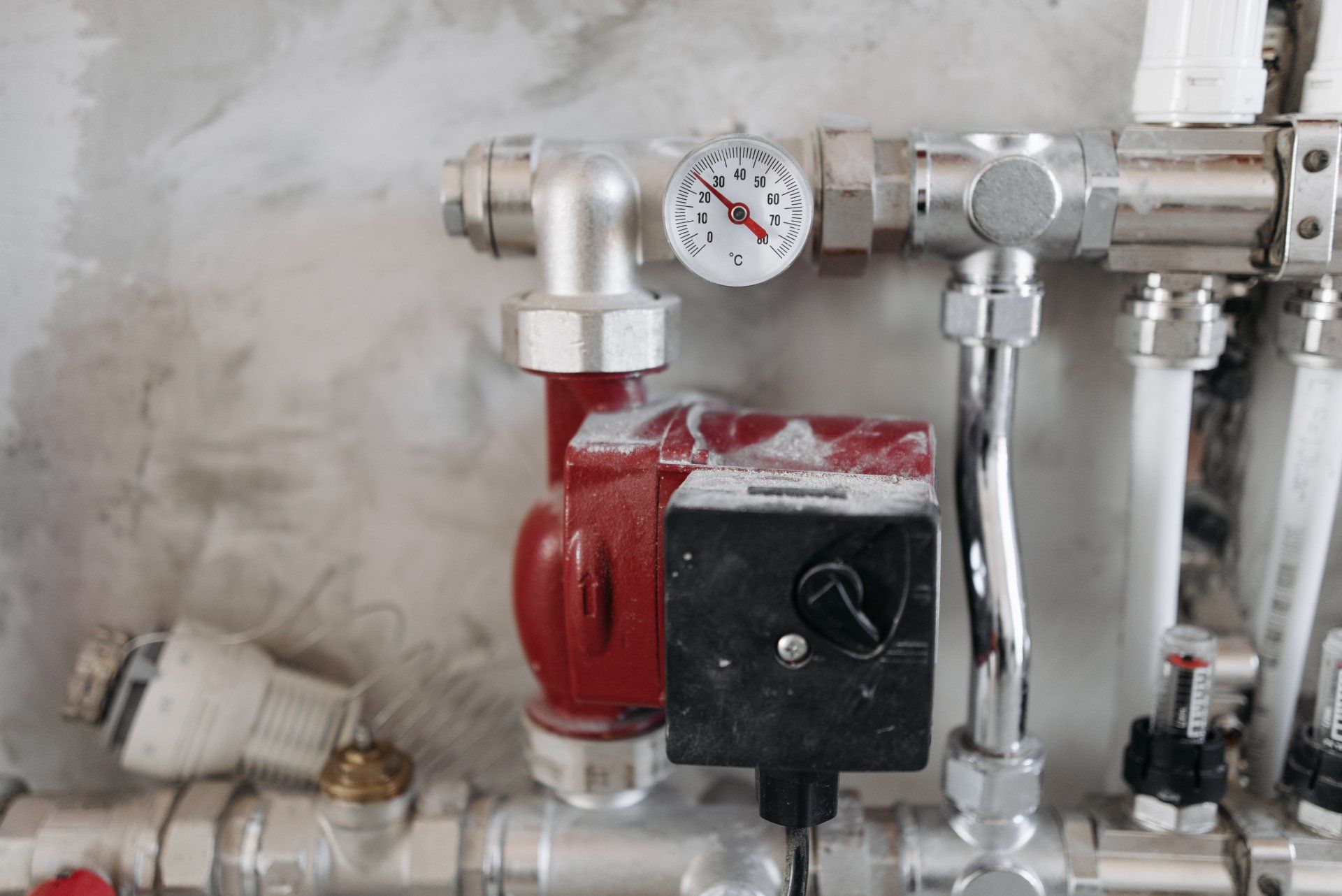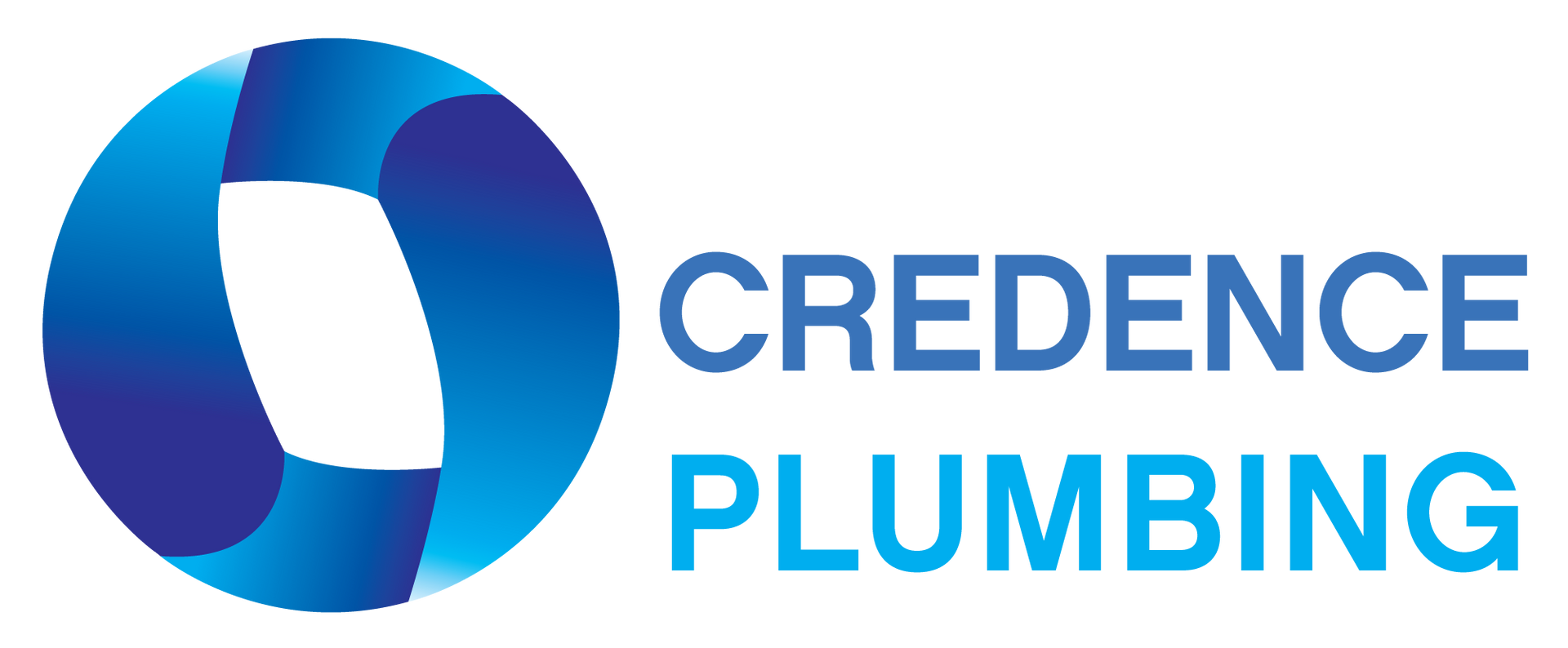Residential plumbing services
RPZ Testing & Installation

RPZ testing and installation refer to services related to Reduced Pressure Zone (RPZ) assemblies, which are crucial components in backflow prevention systems. Backflow occurs when contaminated water flows backward into the public water supply, posing health risks. RPZ assemblies prevent this by maintaining a higher pressure in the water supply than in potential contamination sources.
RPZ Testing
Inspection and Testing: Trained professionals conduct regular inspections and testing of RPZ assemblies to ensure they are functioning correctly. This involves checking for any signs of wear, damage, or malfunction that could compromise the assembly's ability to prevent backflow.
Pressure Differential Check: During testing, the technician measures and verifies the pressure differential across the RPZ assembly. This ensures that the assembly is maintaining the necessary pressure to prevent backflow. If any issues are detected, adjustments or repairs may be necessary.
Visual Inspection: Technicians visually inspect the entire RPZ assembly, checking for physical damage, corrosion, or any signs of wear. The visual inspection is crucial for identifying potential problems that may not be immediately apparent during pressure testing.
Documentation and Certification:
After a successful RPZ test, the technician provides documentation and certification, indicating that the assembly is in compliance with local regulations and is effectively preventing backflow. This documentation is often required for regulatory compliance
RPZ Installation
Site Assessment: Before installation, a site assessment is conducted to determine the optimal location for the RPZ assembly. Factors such as proximity to potential contamination sources and accessibility for maintenance are considered.
Compliance with Regulations: RPZ installations must adhere to local building codes and regulations. Professionals ensure that the installation meets these requirements to guarantee the proper functioning of the backflow prevention system.
Assembly Selection: Different RPZ assemblies are designed for specific applications. The selection of the appropriate assembly depends on factors such as the degree of hazard, flow rates, and local regulations. The installation professional helps determine the right assembly for the specific site.
Connection to Water Supply: The RPZ assembly is connected to the water supply line, typically after the water meter and before any branching lines. This strategic placement ensures that the assembly can effectively prevent backflow from potential contamination points.
Testing and Certification: After installation, the RPZ assembly undergoes initial testing to ensure proper functionality. Once the assembly passes the testing phase, the installation is certified, and documentation is provided to verify compliance with backflow prevention regulations.
RPZ testing and installation are critical components of maintaining a safe and uncontaminated water supply. Regular testing and compliance with local regulations are essential to ensure that RPZ assemblies effectively prevent backflow and protect public health.

rpz testing & installtion faqs
